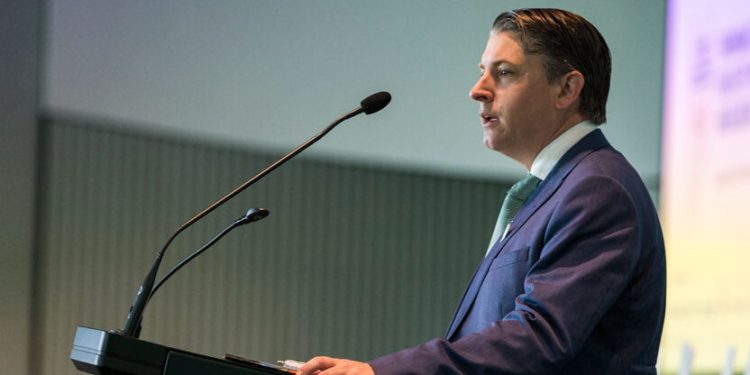Government rethinks transport plan to focus on Cyclone Gabrielle
Words: Harrison Wade
The New Zealand Government has decided to rethink its emissions-focussed transport plan in the wake of Cyclone Gabrielle, favouring an “emergency-style” strategy instead.
Transport Minister Michael Wood confirmed the Government’s reworked strategy on Monday afternoon which is said to focus on reconstructing the country’s roads and bridges that have been destroyed by the cyclone and resulting flooding.
It was just that morning when he told Newstalk ZB the plan would pivot towards protecting the climate.
Wood mentioned that the Government now plans to build a more resilient transport network that can cope with an increased frequency of extreme weather events.
“We are now working on an emergency-style GPS [Government Policy Statement] that will focus on the huge task of reconstruction of roads and bridges washed out by the cyclone and flooding, as well as building greater resilience so our transport network can better withstand the increasing frequency of extreme weather events like we have seen this year,” said Wood in a statement.
“No final decisions, including changes to fuel exercise duty, have been made as we are still work through the full extent of the damage inflicted by Gabrielle.”
The Transport Minister said that an investment of $7 billion will be made into state highway and local road maintenance as part of the National Land Transport Plan which equates to 7000km of state highway and 18,000km of local roads being revamped.
“In fact we have increased maintenance spend by 50 per cent compared to the previous government and we’ll increase it again in this coming GPS,” Wood said.
“The Government is committed to rebuilding and recovering from these recent weather events and build infrastructure that will withstand the coming era of climate change.
“After seeing the impact of the last few weeks on our transport network alone, it’s clear that is New Zealand’s only viable option.”





